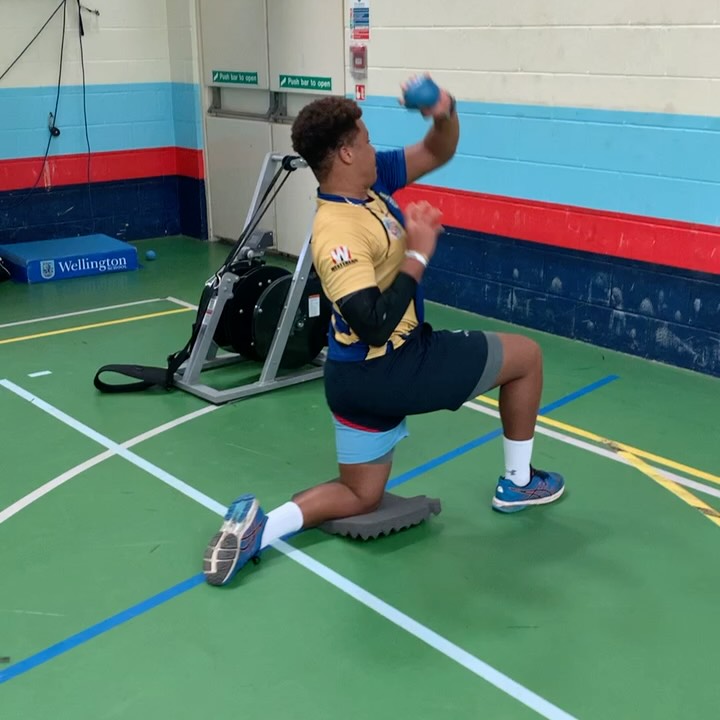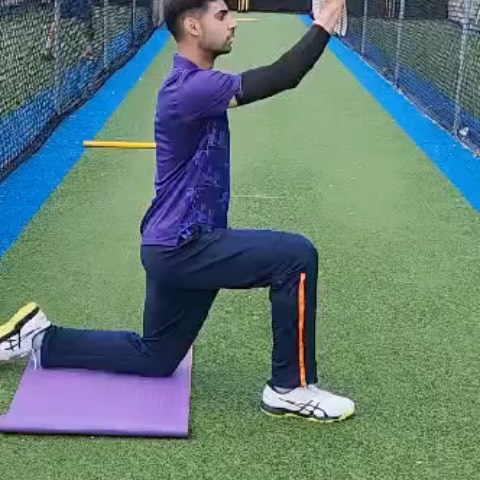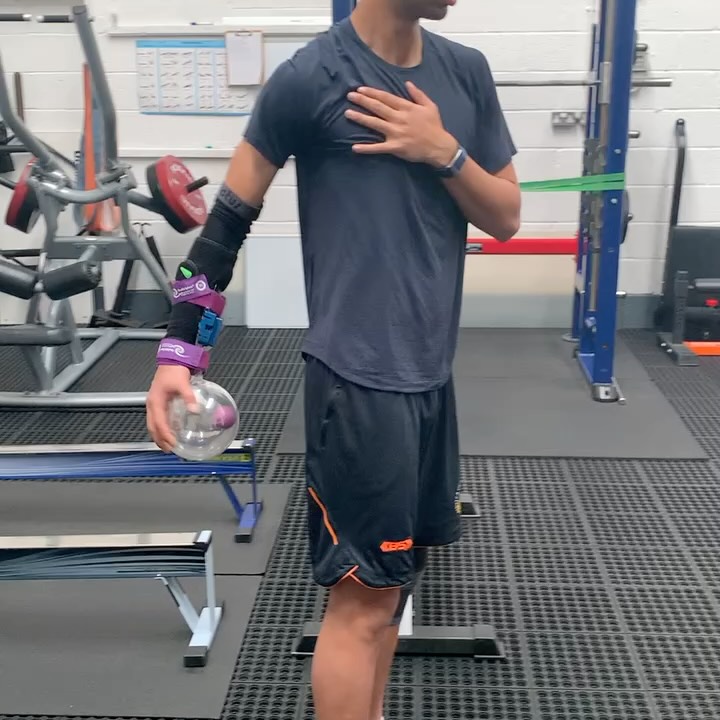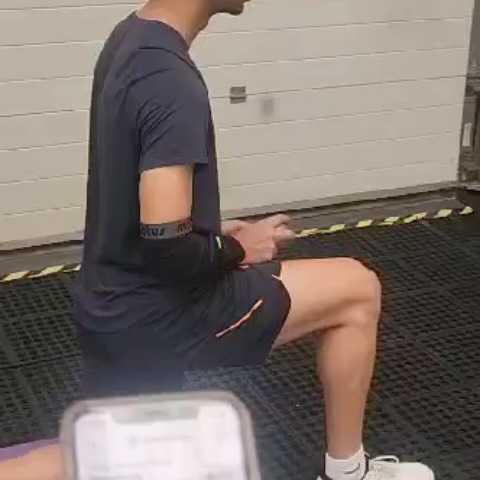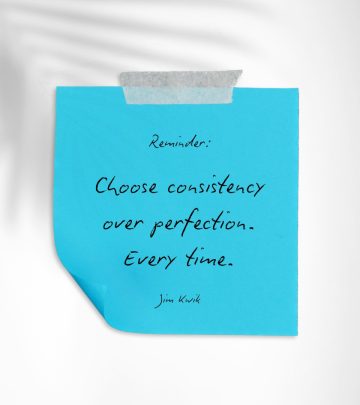Build The Lever For Fast Bowling Speed
Boost bowling speed with greater upper arm mass for extra torque and explosive release!!!!
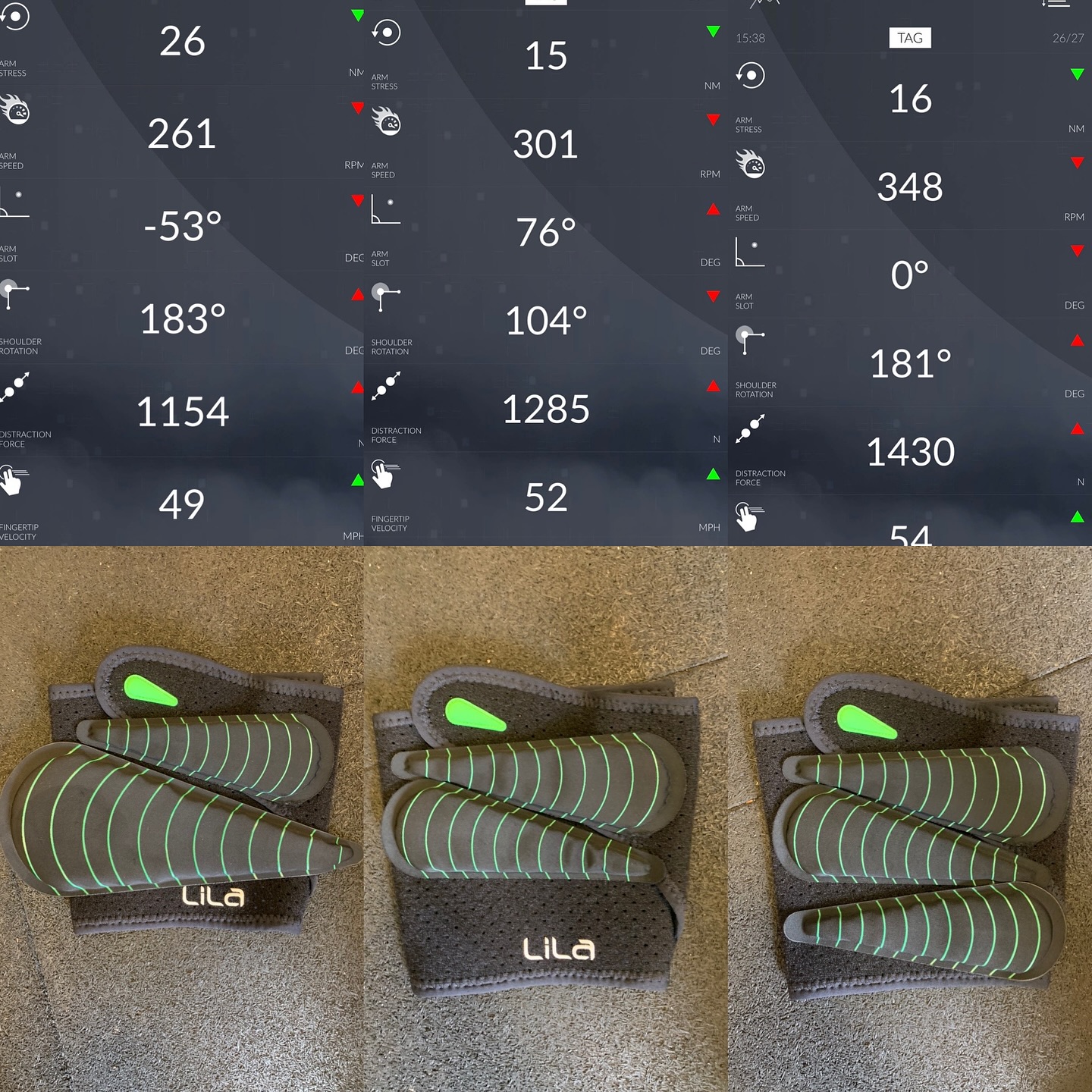
Image: Instagram
Steffan Jones, a prominent figure in fast bowling coaching and biomechanics, is challenging bowlers to rethink the fundamentals of speed development. By focusing on the lever concept, trainers are now emphasizing the importance of upper arm mass to produce explosive ball release. The idea is simple – treat the bowling arm as a lever with the shoulder acting as the fulcrum, the upper arm muscles providing the effort, and the ball as the load. In this model of a third-class lever, the primary aim is speed rather than sheer force. Increasing mass at the effort point leads to more torque, momentum, and stored elastic energy, all contributing to a dramatic spike in end-range velocity.
Understanding The Lever Mechanism
This biomechanical approach posits that when the upper arm is pre-loaded, it acts like a loaded spring. As the bowler extends the elbow and releases the ball, the stored energy is unleashed, propelling the ball with greater velocity. The concept is backed by both theoretical principles and practical application. The original post explains, “Train proximal. Build the whip. Unlock top-end arm speed.” This statement encapsulates how a small adjustment in training focus—specifically, building upper arm mass—can lead to significant gains in bowling speed.
Artificial Versus Natural Methods
Coaches now advocate two distinct methods for building upper arm mass. The first method is artificial: known as the Lila Fusiforms, these are fluid-filled sleeves worn during practice that add load to the arm. The idea is that the central nervous system adapts to the increased weight, and once the sleeves are removed, the bowler experiences an overspeed effect due to the sudden lightening of the load. Reportedly, users benefit from enhanced proprioception and segmental momentum as a result.
The second approach is natural hypertrophy through strength training. Exercises such as incline dumbbell curls, isometric triceps holds, band throws, 1080 single-arm rows, and med ball scoop/slam throws focus on building fast-twitch muscle fibers in the arms. This method not only increases the physical mass but also develops the explosive power needed for replicating high-speed actions during gameplay.
Leveraging Biomechanics For Elite Performance
Both methods are designed to optimize the lever system of the bowling arm. As the training emphasizes the proximal segment of the limb, the increased mass closer to the shoulder enhances the whip-like action necessary for rapid elbow extension and ball release. Researchers and trainers in the field of cricket biomechanics have noted that an additional mass in the upper arm effectively creates a spring-loaded mechanism. This mechanical advantage is crucial for bowlers, especially as the demand for speed continues to rise in the modern game.
Recent shifts in fast bowling methodology have also been highlighted by PaceLab – a system which champions a data-driven approach to training. In one Instagram post, PaceLab detailed how they profile each athlete’s unique movement patterns and adapt training methods to suit individual needs. Steffan Jones, whose fast bowling membership program is gaining traction among elite cricketers, emphasizes that there is no one-size-fits-all solution. Instead, the system is built on understanding each bowler’s biomechanics. As one post states, “We match the loading to your archetype: Muscle-driven bowlers become superpower athletes, while tendon-driven bowlers must be cautious to avoid misuse.”
Pacelab’s Innovative Approach
Under Jones’s guidance, the integration of biomechanical principles with rigorous strength and conditioning programs has set a new standard. The PaceLab system is not just about repetitive drills; it is about training with purpose. Recent announcements from the Steffan Jones Fast Bowling Membership have shed light on exclusive offers such as a Fast Bowlers Manual, founding member discounts, and early access to a revolutionary new app that monitors workload and auto-regulates exercise and recovery (AREG). This app, designed to measure key performance metrics like drop-off rates and ball speed loading ratios, further reinforces how critical individualized training is to building both speed and endurance.
The training philosophy goes beyond simple muscle building. It stresses the importance of matching the external load with the bowler’s biological and neuromuscular makeup. In practice, this means that a bowler’s training regimen is carefully periodized: integrating phases of accumulation with bouts of intensification to maximize speed gains while preventing injury or burnout. The holistic approach not only refines the physical aspects of fast bowling but also ensures that each session is directly relevant to match conditions, thereby improving game day performance.
Science Meets Skill On The Cricket Field
The emphasis on biomechanics and individualized training in cricket represents a broader trend in sports science today, where technology and data analytics play pivotal roles. Steffan Jones, whose background is well-documented on reputable platforms and whose coaching methods are continually evolving, is at the forefront of this evolution. By merging traditional strength training with innovative techniques like overload training with weighted implements, bowlers are now better equipped to handle the high-intensity demands of modern cricket.
This renewed focus on the lever system of the bowling arm is changing how fast bowling is taught and executed. With a combination of artificial enhancements like the Lila Fusiforms and natural hypertrophy training, bowlers have multiple pathways to achieve that extra edge of speed and precision. The approach is both scientific and practical, promising not just faster deliveries but also an overall enhancement in performance consistency and injury prevention.
By adopting these targeted methods, athletes are empowered to push the boundaries of their own performance. This is a significant shift from traditional drills to a more dynamic, evidence-based training regimen that understands the importance of neuromuscular adaptation and segmental force generation.
The fast bowling revolution is here, and its success lies in the details—the delicate balance of mass, force, and technique. Steffan Jones and the PaceLab system are proving that when science meets skill, the results are nothing short of extraordinary.
Read full bio of Srijita De



